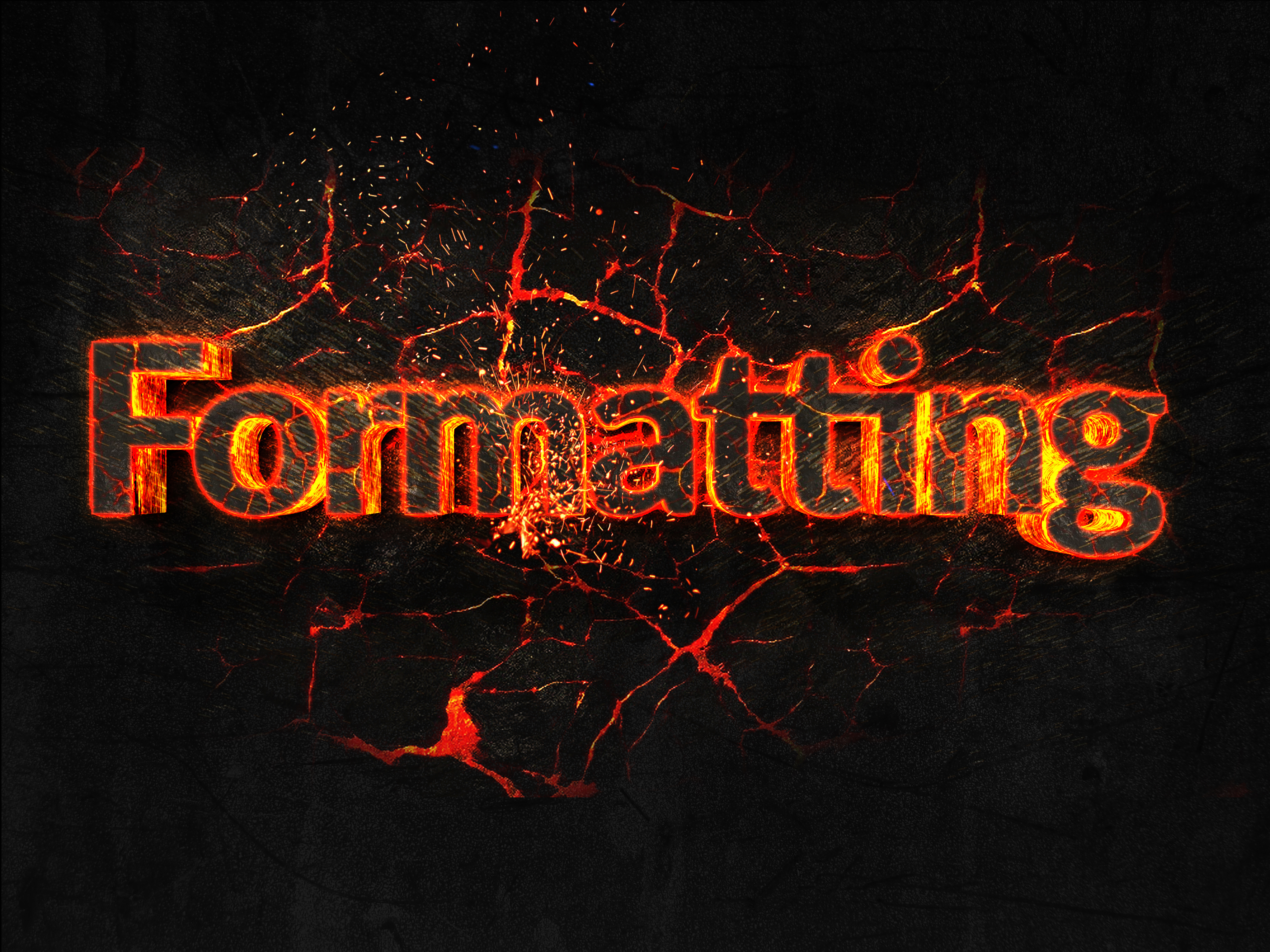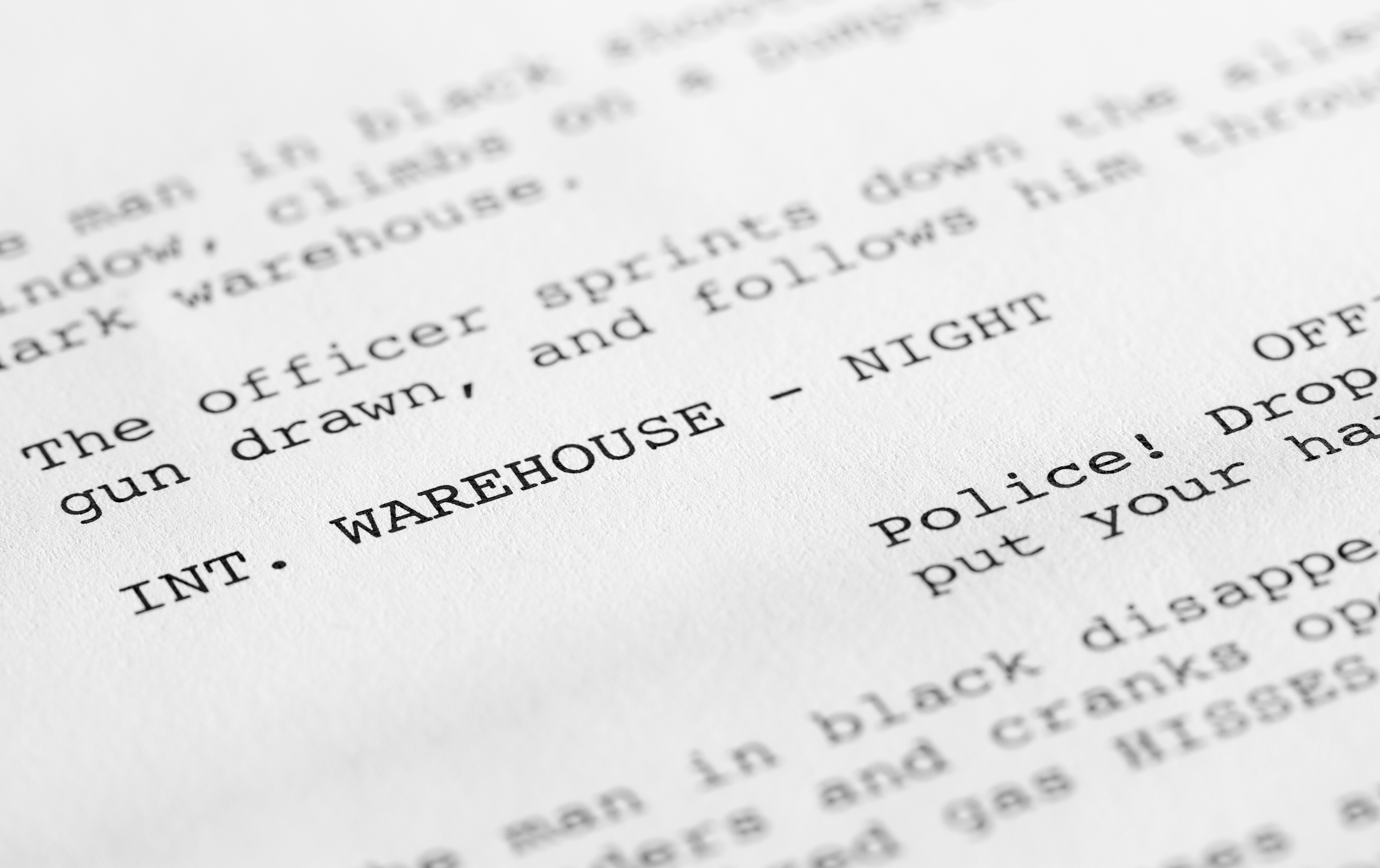Using Your Influences
July 20, 2017
When trying to develop your voice as a screenwriter and perfect your craft, don’t be afraid to use your influences.
One shouldn’t attempt to write a script without reading a few screenplays first. Thanks to the Internet, this isn’t a particularly hard task; most screenplays for most major films are available to download. Oftentimes, various drafts are available (which, in itself, can be an opportunity to learn about the craft and rewriting process). Numerous television pilots are, likewise, available.
But which screenplays or pilots should you read?
It’s a good idea to focus on the genre or subgenre you plan to write in. If you want to write a contained thriller, it’d make more sense to read the Saw script than the Sleepless in Seattle script.
Now this doesn’t mean you’re copying the script. First and foremost, you’re reading to learn how to format a screenplay or pilot. Chances are, if it were a produced script, it’s properly formatted. Secondly, you’re reading to pick up some basic techniques: how to create mood, how to hit certain dramatic or comedic beats, and how to most efficiently convey a certain action or idea. Again, if it were a produced screenplay, chances are the writer knew what he or she was doing.
Of course, the industry has changed a lot over the decades and, with it, certain screenwriting norms and characteristics have, too. For example, screenplays used to be far more densely written with a lot of technical jargon and, at times, prose-like description. Modern screenplays are far more minimalistic. Because of this, it’s best to read more recently produced scripts (i.e., in the last 10 years or so). That’s not to say you can’t read a screenplay for a classic film, like Rocky or Alien, for sheer inspiration. And simply seeing how scenes you’re familiar with play out on the page can be useful to your mindset—it’ll get you thinking in terms of the written word as opposed to sight and sound.
Taking a step back, it’s also important to watch movies. This might seem obvious enough, but there are a lot of novice screenwriters who display a lack of cinematic vocabulary in their writing. This doesn’t mean you have to be a film student or cinephile like Quentin Tarantino, but you should have seen enough films that you can get into a good conversation about a few you like. If you’re not genuinely excited about the art form, it’ll show in the writing. Again, this doesn’t mean your script has to be loaded with cinematic allusions and references, but nothing substantial is created in a vacuum.
When penning your screenplay, you should feel like you’re adding and building on history. Initially, your influences will be more pronounced; it’s similar to a rock band whose influences are more apparent on their earlier albums, but over time, their own style emerges. Usually it’s a combination of different influences that helps one carve out his or her own identity. Maybe you’re a big fan of action films, but you also appreciate dark comedy. Maybe you’re a fan of the Fast and Furious franchise, but you also love In Bruges. Then writing a high-adrenaline script, but with darkly comedic characters, might be the direction to go in. When different influences are mixed together, they can lead to something fresh and, oftentimes, result in the X-factor that will be known as “Your Voice.”
Think of past and present-day screenwriters as instructors that will help guide you to your own style.
You’re not stealing from them.
You’re learning from them.
Written by: Final Draft




